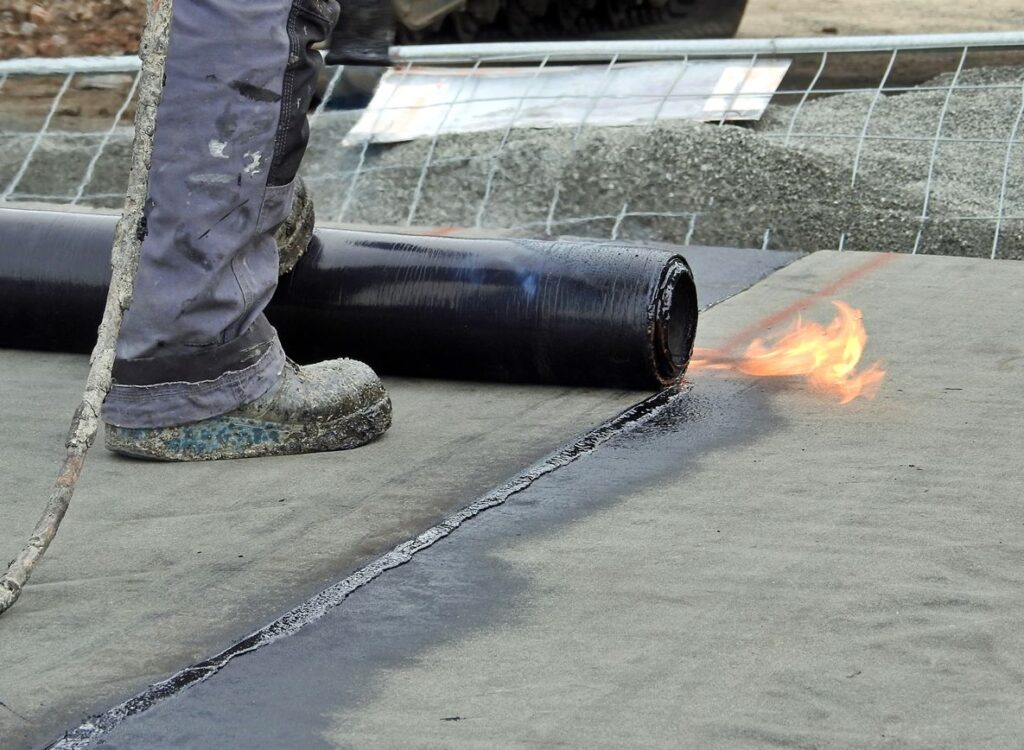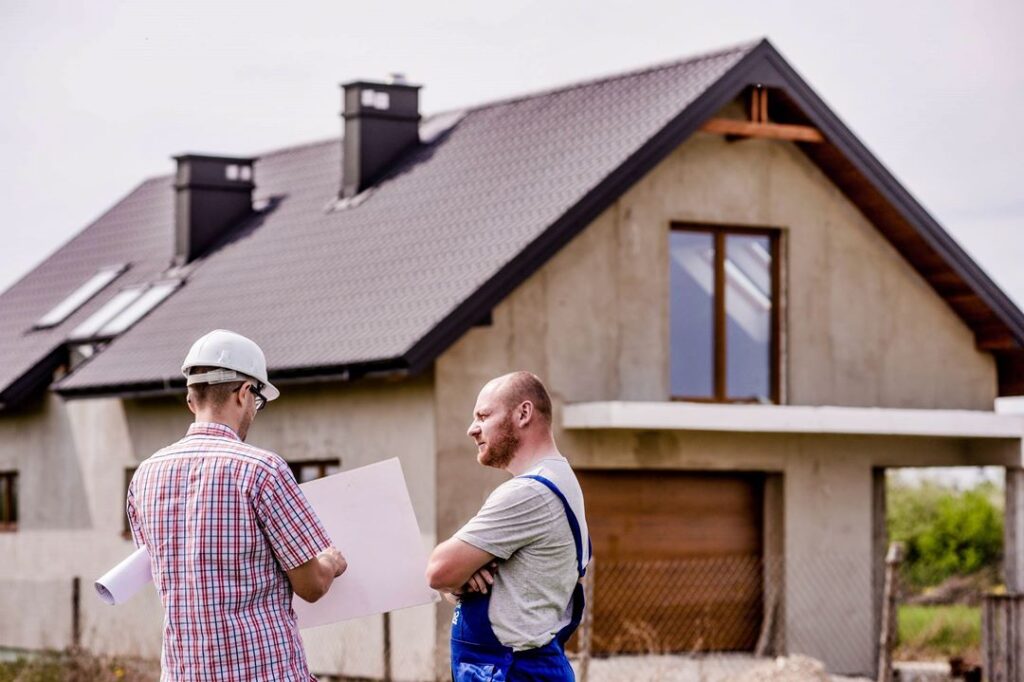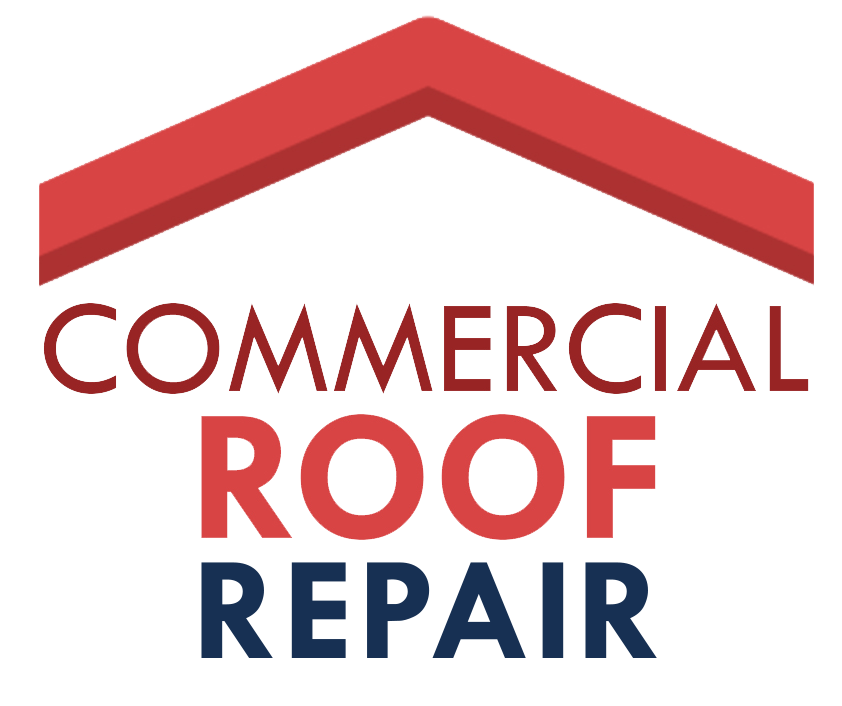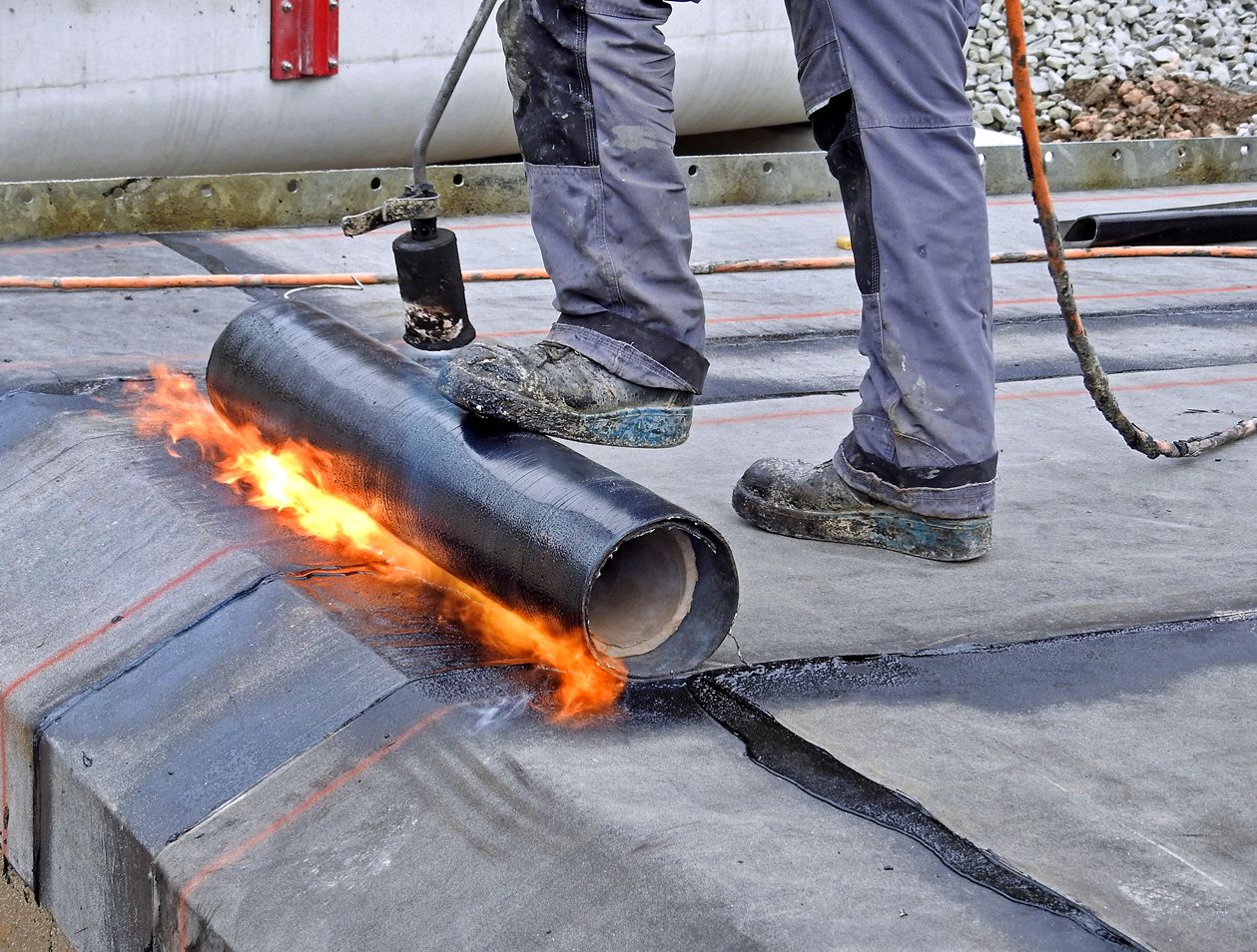Modified bitumen roofing is a type of roof covering that is made from asphalt that has been chemically altered, or “modified”, to improve its performance and durability. The asphalt is modified using polymers, typically styrene-butadiene-styrene (SBS), to increase its flexibility and resistance to heat.
Unlike conventional asphalt roofing, modified bitumen contains these SBS modifiers that prevent the asphalt from becoming too soft in high heat or too brittle in extreme cold. This makes modified bitumen more durable and longer-lasting than conventional asphalt roofing.
Modified bitumen roofing originated in Europe in the 1960s and was introduced to North America in the 1970s. It quickly became popular as a commercial roofing material due to its durability and reliability. Today, modified bitumen is one of the most common low-slope commercial roofing systems installed on buildings across North America. It provides excellent weather protection and has a typical service life of 20-30 years.
Table of Contents
Benefits of Modified Bitumen Roofing
Modified bitumen roofing offers several advantages over traditional asphalt roofing. The primary benefit is increased durability and lifespan compared to standard asphalt shingles or built-up roofing. The modification process strengthens the asphalt and makes it more resistant to weathering effects. Most modified bitumen roofs will last 20-30 years with proper installation and maintenance.
Modified bitumen is also more flexible than standard asphalt, especially in cold weather climates. The flexibility allows the material to expand and contract with temperature fluctuations without cracking or splitting. This makes modified bitumen a good choice for northern regions with harsh winters. The enhanced pliability also provides better wind and hail resistance.
Many modified bitumen products feature reflective mineral coatings on the surface. These reflective granules help reduce cooling costs in warm weather by decreasing heat absorption. Studies show reflective roofs can lower interior building temperatures by up to 30 degrees Fahrenheit. For large commercial buildings, switching to a reflective modified roof can yield substantial energy savings.
Types of Modified Bitumen Roofing
There are three main types of modified bitumen used for roofing:
SBS
SBS stands for styrene-butadiene-styrene. This is a rubber-like polymer modifier that is added to asphalt to make it more elastic and durable. The SBS polymers help the asphalt better withstand expansion and contraction from temperature changes. SBS modified bitumen is the most commonly used type of modified bitumen for roofing.
APP
APP stands for atactic polypropylene. This is a plastic polymer modifier that is added to asphalt. APP modified bitumen is typically used for hot mop applications. It forms a thick, rubbery waterproof membrane with enhanced flexibility and durability.
CSO
CSO stands for crumb rubber styrene butadiene. This type uses recycled tire rubber as the polymer modifier for the asphalt. The crumb rubber provides flexibility and elasticity. CSO is a more environmentally friendly option, as it reuses old tires. It has similar performance to SBS.
Modified Bitumen Application Methods
There are three main application methods for installing modified bitumen roofing:
Hot Mopped
The hot mopped method involves heating up asphalt in a kettle to temperatures between 425-475°F. The hot asphalt is then “mopped” onto the roof substrate using a mop or mechanical spreader. Rolls of modified bitumen membrane are then rolled into the hot asphalt, bonding them to the roof.
Pros:
- Strong bond to the roof deck
- Allows for easy inspection of proper asphalt coverage
Cons:
- Danger of burns from hot asphalt
- Asphalt odor during installation
- More labor intensive
Torch Down
The torch down method uses an open flame propane torch to melt the underside of the modified bitumen roll. As the roll is unrolled onto the roof, the torch melts the bitumen on the bottom side and it adheres to the roof substrate as it cools.
Pros:
- Faster installation
- No odor
- Can install in colder weather
Cons:
- Fire hazard
- Requires more safety training/equipment
- Risk of burns or improper application
Cold Process
Cold process modified bitumen uses adhesives rather than heat to bond the rolls to the roof. The adhesive is applied to both the roof substrate and bottom of the membrane. As the roll is unrolled, the adhesive creates a bond.
Pros:
- Safer than hot applications
- Can install in any weather
- Less odor and mess
Cons:
- Slower installation time
- Bond is not as strong
- More expensive
The application method depends on the specific job requirements, weather, safety considerations, and installer preference. Each has pros and cons that should be evaluated. Proper installation is critical to achieve a long lasting waterproof roof.

Installation Process for Modified Bitumen Roofing
Modified bitumen roofing installation requires careful preparation and proper techniques to ensure a long-lasting, watertight roof. Here are the key steps in the installation process:
Deck Preparation
The roof deck must be properly prepared prior to installing the modified bitumen roofing system. The deck surface should be clean, dry, and smooth. Any protruding fasteners should be hammered down. If the deck is plywood or OSB, gaps larger than 1/4 inch should be filled with roofing cement or sealant. The deck should also be inspected for rot or deterioration and repaired as needed.
Base Sheet
A base sheet is first loosely laid over the roof deck, running horizontally or vertically. The base sheet is often a fiberglass reinforced asphalt saturated felt. The base sheet provides a protective layer over the deck and a smooth surface for the modified bitumen membrane to adhere to. The base sheet is temporarily held in place with fasteners until the modified bitumen membrane is installed over it.
Heating and Unrolling Membrane
The modified bitumen membrane is carefully heated, unrolled, positioned, and pressed into place over the base sheet. A roofing torch is commonly used to heat and soften the bottom of the membrane roll so it can slowly be unrolled while hot. The heat allows the adhesive backing to activate and stick to the base sheet below. The membrane is pressed down with a weighted roller to ensure full contact and adhesion as it cools and hardens.
Seams and Flashing
The membrane sheets are installed in overlapping rows, with 4-6 inch side and end lap seams. The seams are heated, pressed together, and rolled to fuse the overlapping membrane sheets into a monolithic layer. Flashing is installed around roof penetrations, walls, curbs, and edges using modified bitumen membrane cut to fit each detail. The flashing is heated, molded into place, pressed down, and sealed.
Following proper installation techniques ensures the modified bitumen roofing system seals tightly, withstands movement, and provides long-lasting waterproofing protection. Annual inspections and minor repairs can extend the lifespan of a modified bitumen roof significantly.

Maintenance and Repairs for Modified Bitumen Roofs
Regular maintenance and repairs are important for getting the maximum lifespan out of a modified bitumen roof. Here are some key maintenance tips:
Inspections and Minor Repairs
- Inspect your roof at least twice per year, in spring and fall, looking for any signs of damage, wear and tear, or leaks. Address any minor issues promptly before they become bigger problems.
- Clear debris like leaves and branches from your roof and gutters to prevent clogs and water damage.
- Check flashings around vents, skylights, and chimneys. Re-seal any cracked or separated flashings.
- Make sure roof drains and scuppers are clear of debris. Clean out any clogged drains.
- Look for blisters, cracks, or bare spots in the membrane surface and re-coat or patch as needed.
Recoating
- Plan to recoat your modified bitumen roof every 5-10 years to renew weather protection and reflectivity. This will extend the roof’s lifespan.
- Thoroughly clean the roof and apply a compatible acrylic coating per manufacturer instructions. An elastomeric coating is often used.
- Only recoat intact, sound membranes without major flaws, holes, or leaks. Severely damaged roofs will need more extensive repairs.
Patching Holes/Leaks
- Identify where leaks are originating. Look for water stains or moisture on the interior ceiling below the leak.
- Cut away loose, curled roofing material around the hole. Remove rust on exposed metal decking.
- Apply a patch of new modified membrane that’s at least 6 inches larger than the hole in all directions. Seal edges thoroughly.
- Seal seams and edges with roofing cement. Secure patches with roofing nails if needed.
- Apply an acrylic sealant or liquid waterproofing around severely leaking areas.
Following these maintenance tips will preserve your modified bitumen roof and prevent more costly repairs down the road. Address issues promptly and recoat your roof on schedule for best results.
Cost Comparison to Other Roof Types
Modified bitumen roofing tends to be more expensive upfront than asphalt shingles, but cheaper than metal or tile roofs. Here’s a comparison of average costs per square foot:
- Asphalt shingles – $80-150 per square foot installed. Asphalt shingles are the most affordable roofing material, but have a shorter lifespan of 15-25 years. Their composition of paper or fiberglass coated in asphalt makes them more susceptible to damage from weather, foot traffic, and impact. Asphalt shingles require more frequent replacement than other materials.
- Metal – $120-600 per square foot installed. Metal roofs like steel and aluminum are on the higher end for upfront cost. However, they have an exceptionally long lifespan of 40-70+ years. Metal is very durable against weather, fire, and impact. The wide cost range depends on the type of metal used.
- Tile – $600-1000 per square foot installed. Tile is the most expensive roofing material. Concrete or clay tiles can last over 100 years. Their extreme durability and aesthetic appeal make tile popular in warmer climates despite the high initial investment. Tile comes in an array of styles and colors.
Modified bitumen sits in the middle around $200-450 per square foot installed. The lifespan of 20-30 years and good durability also position modified bitumen between asphalt and metal/tile costs. Overall, modified bitumen offers a balance of affordability and longevity compared to other common roofing types. With proper maintenance, modified bitumen roofs provide lasting protection.
Lifespan of Modified Bitumen Roofs
Modified bitumen roofs are designed to last significantly longer than traditional asphalt roofs. When properly installed and maintained, a modified bitumen roof can last 15-25 years on average. Some high quality systems have been known to last over 30 years.
There are several factors that impact the lifespan of a modified bitumen roof:
- Quality of Materials – Higher quality materials that are reinforced and UV stabilized will last longer. Opt for materials that meet ASTM standards.
- Installation Method – Proper installation according to manufacturer specs is crucial. Flashing details and seams need to be completely sealed.
- Roof Slope – Low slope roofs will generally last longer than steep sloped roofs. Proper drainage is important.
- Climate Conditions – Hot and sunny climates cause more wear from thermal cycling and UV exposure. Cold climates can damage seams.
- Regular Maintenance – Annual inspections, clearing debris, and repairs will maximize lifespan.
Compared to other roofing materials, modified bitumen generally lasts longer than built-up roofs (10-15 years) and standard asphalt shingles (15-20 years), but may not last as long as metal roofs (40+ years). Overall, modified bitumen offers a durable and long-lasting roofing option at a moderate price point for many homes and buildings. Proper installation and care is key to achieving the full lifespan.
Environmental Impact
Modified bitumen roofing offers some advantages when it comes to environmental friendliness. Two key areas to consider are reflectivity/energy efficiency and recycling options.
Reflectivity and Energy Efficiency
Modified bitumen roofing membranes are available in a variety of colors, including white. White membranes have a high solar reflectance, meaning they reflect sunlight and absorb less heat than darker roofing materials. This can help reduce cooling costs in warm climates. Some modified bitumen products are ENERGY STAR certified for their energy efficiency properties.
Recycling Options
At the end of its lifespan, modified bitumen roofing can be recycled. The asphalt can be reclaimed and recycled into new asphalt products. The reinforcement materials, like polyester mats, can also be recycled. Tear-off contractors may offer recycling services when replacing an old modified bitumen roof. Recycling helps divert this roofing waste from landfills.
Manufacturers are also looking into ways to incorporate more recycled content into new modified bitumen membranes. This helps create a closed-loop system and reduces the need for virgin resources. More recycling and use of recycled content contributes to the sustainability of modified bitumen roofing.
When to Choose Modified Bitumen
Modified bitumen is an excellent roofing choice for certain building types and environments. Here are some of the main situations where modified bitumen shines:
Flat or Low-Slope Roofs
Modified bitumen roofing is designed for use on flat or gently-sloping roofs. The material can adhere properly at slopes of 2:12 or less. This makes modified bitumen a great fit for flat roofs on commercial buildings, warehouses, etc. The seams are less prone to leakage at low roof slopes.
Cold Weather Climates
Modified bitumen holds up well in colder northern climates. The polymer modifiers make the material more pliable in low temperatures compared to conventional asphalt. This prevents cracking. The seams are also less likely to separate during freeze-thaw cycles.
Long Lifespan Needed
With proper installation and maintenance, modified bitumen roofs can last 20-30 years or longer. This makes the material a good choice when an extended lifespan is desired. The reflective coatings available also enhance durability. The long service life means fewer roof replacements over the lifetime of the building.

I come from an extensive family of construction professionals and have been around it most of my life. Early in my home renovation career, I remodeled several homes as well as built custom homes and additions.
Although this was a great experience, I decided to specialize in roofing and gutter systems because I enjoy interacting with customers and seeing their satisfaction when the job is done.

